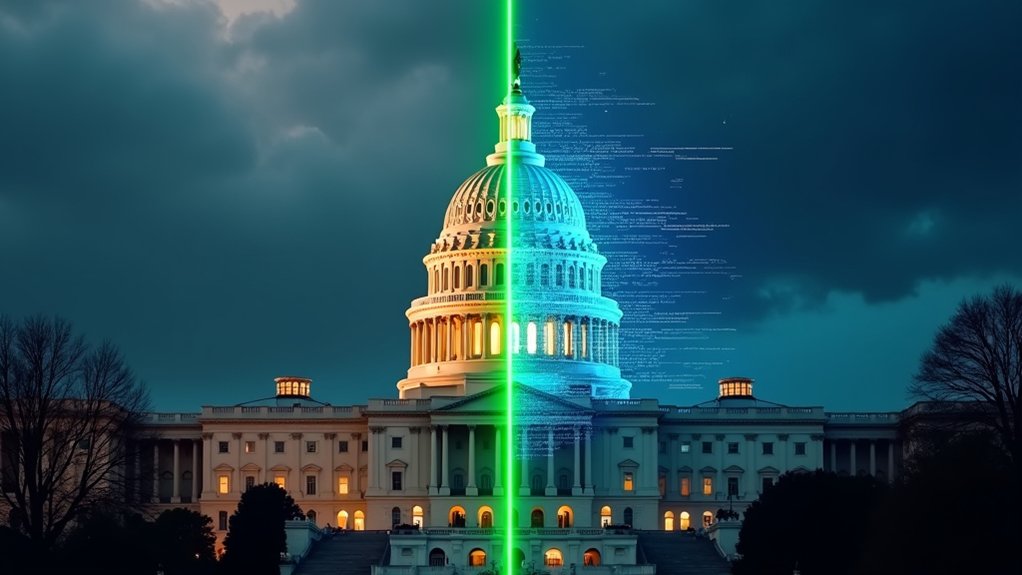The market’s mood is downright gloomy. The Fear & Greed Index sits at a measly 23, firmly in “Fear” territory. Investors are flocking to safety like startled pigeons, with stablecoin dominance jumping to 7.04%.
Meanwhile, the overall crypto market cap barely budged at $2.72 trillion, up just 0.15%. Trading volumes? Down 1.59% to $71.59 billion. Not exactly inspiring confidence.
Technical analysis paints a similarly bleak picture. A symmetrical triangle pattern has formed on the charts, while the MACD failed to achieve a bullish crossover. The daily RSI reversed from halfway, and that 61.8% Fibonacci level near $82,000 is hanging on for dear life.
There’s also that pesky CME gap at $84,418 waiting to be filled. If support breaks, Bitcoin could tumble to $80,000, with further support lurking at $77,000-$78,000. Worst case? A crash to $71,000 if the 61.8% Fibonacci level gives way. Crypto analysts like Kyle Chasse have been warning about a potential drop to $80K if current support levels fail to hold.
The bulls need a breakout above $92,000 to target that tantalizing $127,800 level. Institutional players aren’t helping matters. U.S. Bitcoin spot ETFs saw $74.19 million in outflows on March 3, with BlackRock dumping $77.97 million worth of Bitcoin and Grayscale offloading $54.39 million.
Only bright spot? BlackRock’s IBIT recorded its largest single-day inflow in six weeks: 2,660 BTC. Bitcoin’s fixed supply cap continues to provide long-term price support despite short-term volatility. Donald Trump’s upcoming tariff announcement on April 2, including a 25% charge on foreign-made automobile parts, has markets on edge. Recent security breach at Bybit has further eroded investor confidence in the cryptocurrency ecosystem.
Add in tighter monetary conditions, higher interest rates, and stubborn inflation, and you’ve got a recipe for crypto chaos. Brazil’s push to allocate 5% of national reserves to Bitcoin? Too little, too late, apparently.





